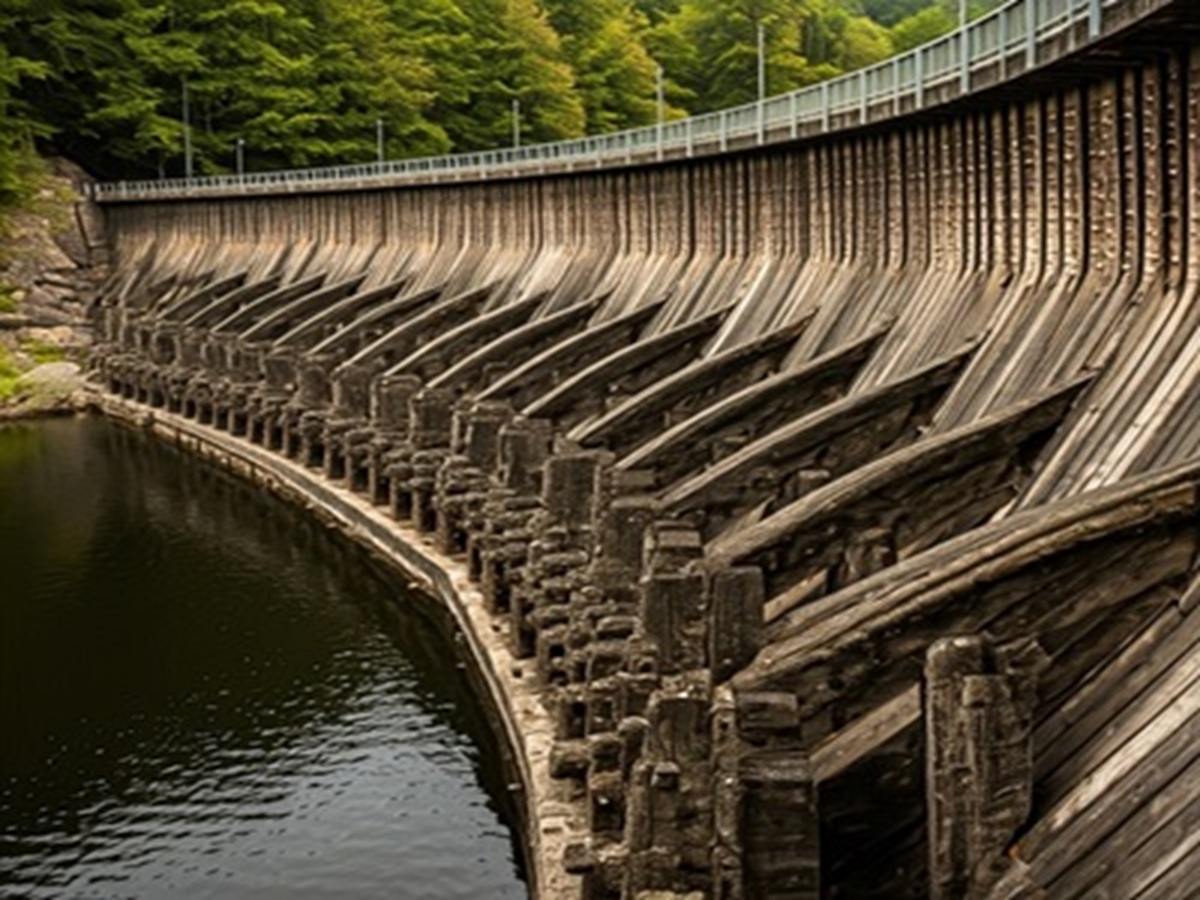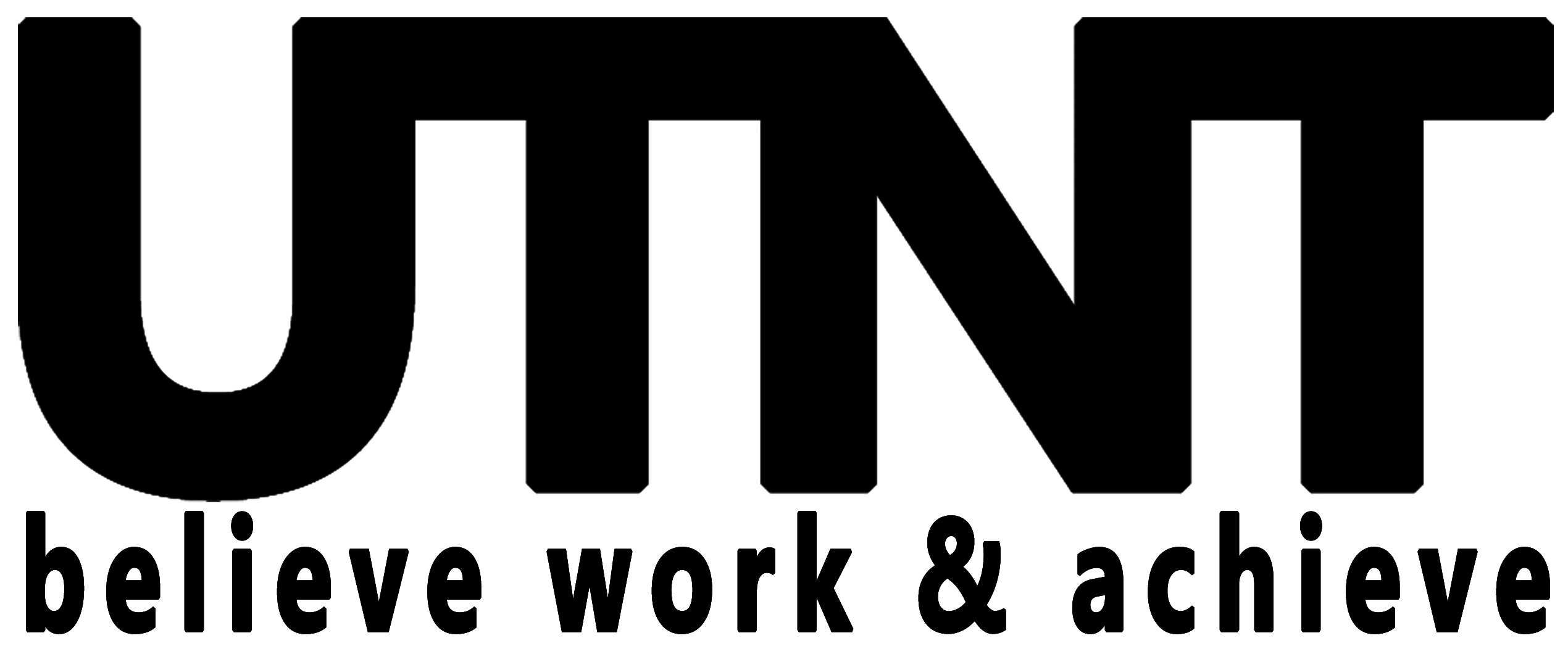DAM Safety Monitoring
Whether be it a new construction of the DAM or repair/rehabilitation work on the existing DAMs Geotechnical monitoring instruments have played a key role in keeping the informed in real-time to the decision makers. Vibrations, movements, cracks, joints, pressure, piezometers, or temperature, exclusive products manufactured by our partners RST and Measurand complement each other for the wide range of sensors for real-time monitoring for DAMs.
Our solutions are not limited to geotechnical, but Level and discharge monitoring are also integrated parts of the solutions offered by UTNT for DAM monitoring.

Dam Monitoring with UTNT
Dams are critical infrastructures that face risks from environmental stress, ageing, and operational loads. Monitoring provides the necessary data to detect anomalies, prevent failures, and optimize maintenance efforts. Real-time insights empower decision-makers to take timely actions to ensure safety and performance.
Key Parameters Tracked
- Structural Stability:
- Monitors dam movement, including tilts, deflections, and displacements.
- Meteorological Monitoring
- such as temperature, humidity, wind speed, pressure, and precipitation.
- Hydrostatic Pressure:
- Tracks water pressure on the dam’s face and foundation.
- Seepage and Leakage:
- Detects water flow through cracks or joints in the dam structure.
- Pore Pressure:
- Measures pressure within the dam’s soil or rock foundation to assess stability.
- Stress and Strain:
- Observe stress distribution within the dam to detect material fatigue.
- Water Levels and Flow Rates:
- Tracks reservoir water levels and discharge flow rates for operational control.
- Vibrations and Seismic Activity:
- Monitors vibrations from operational loads or external seismic events.
- Temperature Variations:
- Records temperature changes in concrete or soil that may affect structural behavior.
Key Features
- Real-Time Data Acquisition:
- Provides continuous monitoring of critical parameters for immediate analysis.
- Automated Alerts:
- Issues notifications when thresholds are exceeded to prompt timely interventions.
- Integrated Sensor Networks:
- Combines piezometers, inclinometers, and seepage monitoring devices for detailed insights.
- Remote Monitoring and Control:
- Allows decision-makers to access data and manage systems from anywhere via cloud platforms.
- Customizable Solutions:
- Adapts to the unique characteristics and challenges of each dam site.
- Long-Term Data Storage:
- Archives data for trend analysis, maintenance planning, and regulatory compliance.
- Durable Design for Harsh Environments:
- Ensures reliable performance under extreme conditions like high pressure and temperature variations.
Benefits
- Enhanced Safety:
- Identifies risks early to protect lives and prevent catastrophic failures.
- Operational Efficiency:
- Supports effective reservoir management and optimal water usage.
- Cost Optimization:
- Reduces repair costs by enabling preventive maintenance.
- Regulatory Compliance:
- Ensures adherence to safety standards and reporting requirements.
- Extended Lifespan of Dams:
- Monitors ageing infrastructure to maximize its operational life.
- Improved Disaster Preparedness:
- Provides real-time data to manage floods or seismic risks effectively.
- Sustainable Resource Management:
- Optimizes water storage and discharge to meet ecological and human needs.
- Data-Driven Decision Making:
- Empowers engineers and stakeholders with actionable insights for planning and response.
